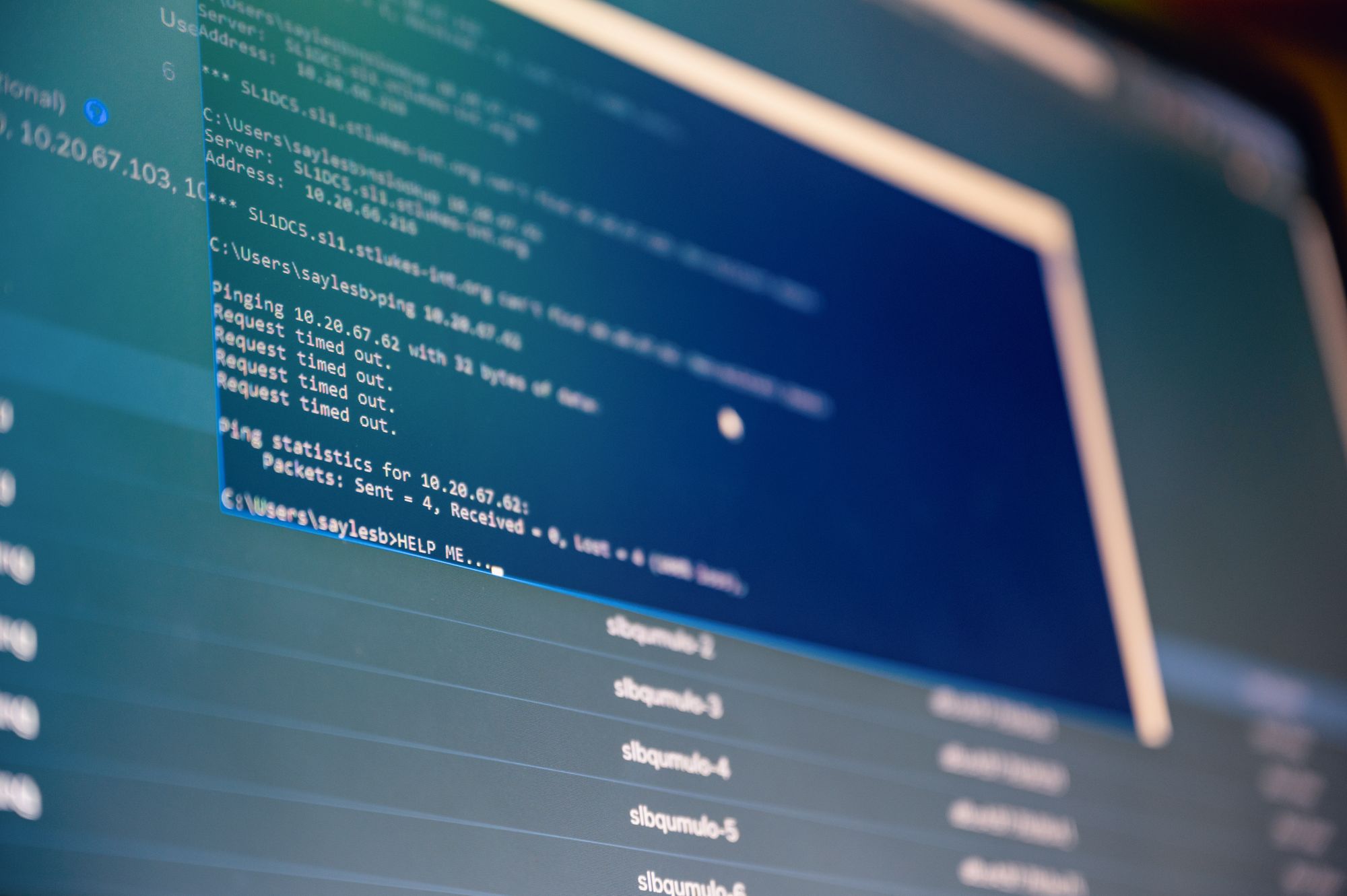Introduction to Web Scraping
Web scraping, at its core, is the process of extracting data from websites. It's a powerful tool that allows developers, data scientists, and businesses to gather vast amounts of information from the web quickly. Some of the most widely used tools for web scraping include Beautiful Soup, Scrapy, and Selenium. These tools, combined with programming languages like Python, offer a robust framework for navigating websites, parsing HTML, and storing extracted data.
Why Advanced Projects?
As the digital landscape evolves, so do the challenges associated with web scraping. Websites are becoming more sophisticated, employing various techniques to deter or block scrapers. This calls for advanced projects that not only challenge the scraper to bypass these hurdles but also to extract data more efficiently and ethically.
Table of Contents
- 1. Dynamic Website Scraping with Selenium
- 2. Social Media Sentiment Analysis
- 3. E-commerce Price Tracker
- 4. Real-time News Aggregator
- 5. Job Listings Analysis
- 6. Automated Travel Itinerary Planner
- 7. Sports Statistics Collector
- 8. Stock Market Trend Analysis
- 9. Recipe Recommendation Engine
- 10. Real Estate Market Analysis
- 11. Academic Research Paper Aggregator
- 12. Event Finder and Organizer
- 13. Product Review Aggregator
- 14. Historical Weather Data Analysis
- Conclusion
1. Dynamic Website Scraping with Selenium
Dynamic websites load content asynchronously, making traditional scraping tools ineffective. Selenium, primarily a tool for web testing, can mimic human browsing behavior, making it perfect for scraping dynamic content.
Check out this web scraping tutorial with Selenium and Python.
Tools: Selenium, Python
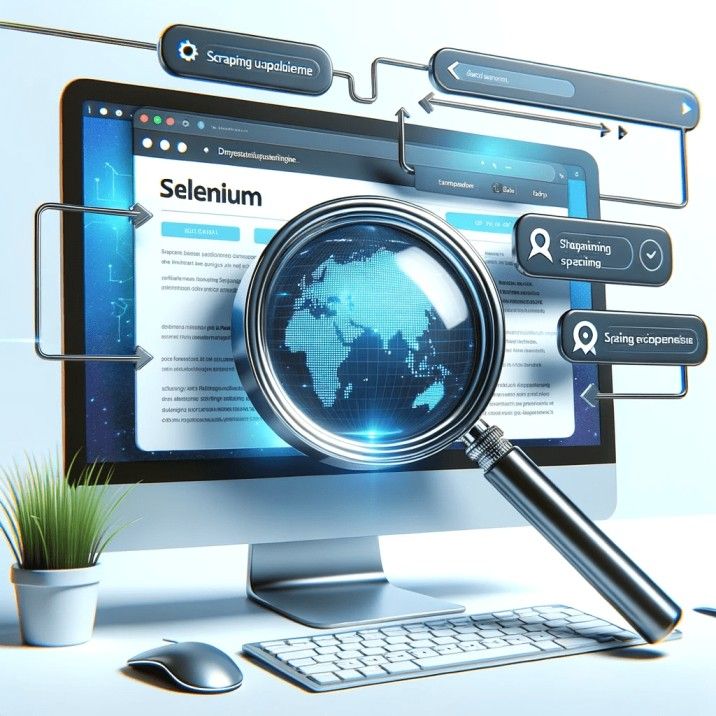
Technical Specifications: Use the WebDriver component of Selenium to interact with JavaScript-heavy websites. Implement waits or delays to ensure content loads before scraping.
End-Users: Data analysts looking for real-time data from dynamic websites, businesses monitoring competitors' sites.
2. Social Media Sentiment Analysis
Scrape social media platforms for mentions of a particular brand or product and use NLTK to analyze the sentiment of the comments. This project is advanced due to the rate limits and restrictions imposed by social media platforms.
Tools: Scrapy, Natural Language Toolkit (NLTK)
Learn how you can perform Natural Language Processing (NLP) using Hugging Face.
Technical Specifications: Utilize Scrapy's middleware to handle rate limits. Integrate NLTK or TextBlob for sentiment analysis, categorizing feedback as positive, negative, or neutral.
End-Users: Marketing teams assessing brand reputation, businesses tracking customer feedback.
Interested in learning about how to use ChatGPT to scrape prices on Amazon?
Read our article, where we guide you with a hands-on tutorial you can follow along with.
Read Now
3. E-commerce Price Tracker
Monitor price changes on e-commerce sites and notify users when a product goes on sale. The challenge here is to bypass potential bot detection mechanisms employed by e-commerce platforms.
Learn how you can scrape E-commerce websites using Beautiful Soup.
Tools: Beautiful Soup, Python
![]()
Technical Specifications: Implement proxies and user-agent rotation to avoid IP bans. Store data in a relational database like PostgreSQL for efficient querying.
End-Users: Shoppers looking for discounts, market researchers analyzing pricing strategies.
4. Real-time News Aggregator
Scrape multiple news websites in real-time to create a custom news feed. The complexity arises from the need to handle vast amounts of data and the frequent updates on news websites.
Tools: Scrapy, Python
Technical Specifications: Use Scrapy's CrawlSpider to navigate through paginated news sites. Implement a filtering mechanism to avoid duplicate news articles.
End-Users: News enthusiasts, researchers, and journalists tracking specific news topics.
5. Job Listings Analysis
Collect job listings from various platforms to analyze trends in job markets, such as popular skills, salary estimates, and location preferences. The challenge is to standardize data from different formats and structures.
Tools: Beautiful Soup, Pandas

Technical Specifications: Standardize data extraction using regular expressions. Store data in a structured format using Pandas DataFrames for easy analysis.
End-Users: Job seekers, HR professionals, market researchers.
Confused about the difference about Data Crawling and Data Scraping?
Then, our article, 'Key Differences Between Data Crawling and Data Scraping', will be exactly what you are looking for, click here for the article.
6. Automated Travel Itinerary Planner
Scrape travel websites for flight prices, hotel rates, and activity recommendations. Then, automatically generate a travel plan based on a user's preferences and budget. Handling dynamic content and user inputs makes this project advanced.
Tools: Selenium, Python
Technical Specifications: Integrate APIs like Google Maps for location-based data. Use a recommendation algorithm to suggest travel activities.
End-Users: Travelers, travel agencies looking to automate itinerary creation.
7. Sports Statistics Collector
Gather real-time statistics from sports websites to analyze team performances, player rankings, and game outcomes. The challenge is to manage the vast and frequently updated data.
Tools: Scrapy, Python
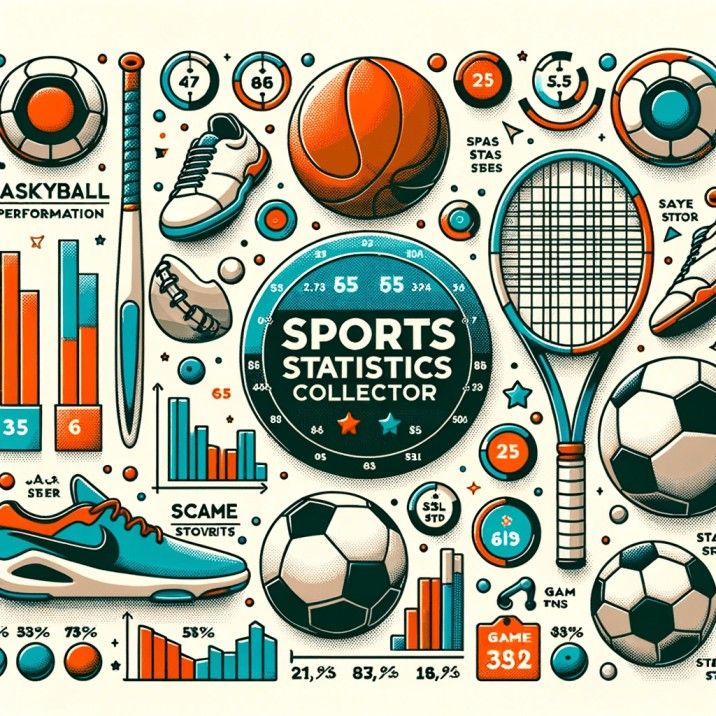
Technical Specifications: Implement real-time data extraction using WebSockets if available. Store data in time-series databases like InfluxDB.
End-Users: Sports analysts, betting companies, sports enthusiasts.
8. Stock Market Trend Analysis
Extract stock market data to analyze trends, predict market movements, and offer investment insights. The complexity comes from the need to process large datasets and make real-time predictions.
Tools: Beautiful Soup, Pandas
Technical Specifications: Use Beautiful Soup to parse HTML tables of stock data. Implement time-series analysis using libraries like statsmodels.
End-Users: Investors, financial analysts, stock market enthusiasts.
9. Recipe Recommendation Engine
Scrape various food blogs and recipe websites. Based on user preferences and dietary restrictions, recommend recipes. Integrating machine learning for personalized recommendations adds depth to this project.
Build a Recipe Recommendation system in this tutorial.
Tools: Scrapy, Python, Machine Learning Libraries
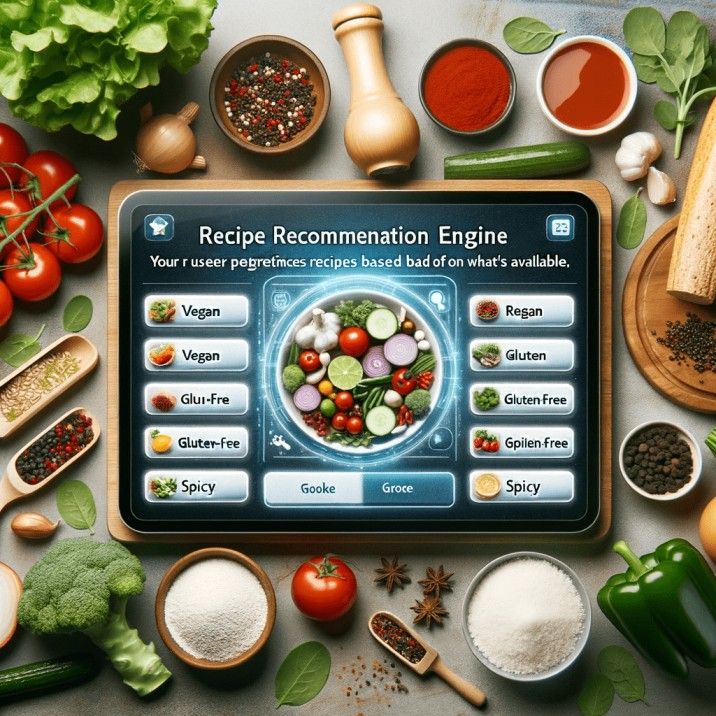
Technical Specifications: Implement a content-based filtering algorithm for recipe recommendations. Use NLP libraries to process and categorize recipe ingredients and descriptions.
End-Users: Home cooks, dieticians, food bloggers.
10. Real Estate Market Analysis
Monitor real estate listings to analyze market trends, such as pricing, location popularity, and property features. The challenge is to handle the diverse formats of listings across different platforms.
Tools: Selenium, Pandas
Technical Specifications: Geocode property addresses using APIs like OpenStreetMap. Visualize data using libraries like Matplotlib or Seaborn.
End-Users: Property investors, real estate agents, homebuyers.
11. Academic Research Paper Aggregator
Scrape academic journals and databases to aggregate research papers on specific topics. This project is advanced due to the need to understand and categorize academic content accurately.
Tools: Beautiful Soup, Python
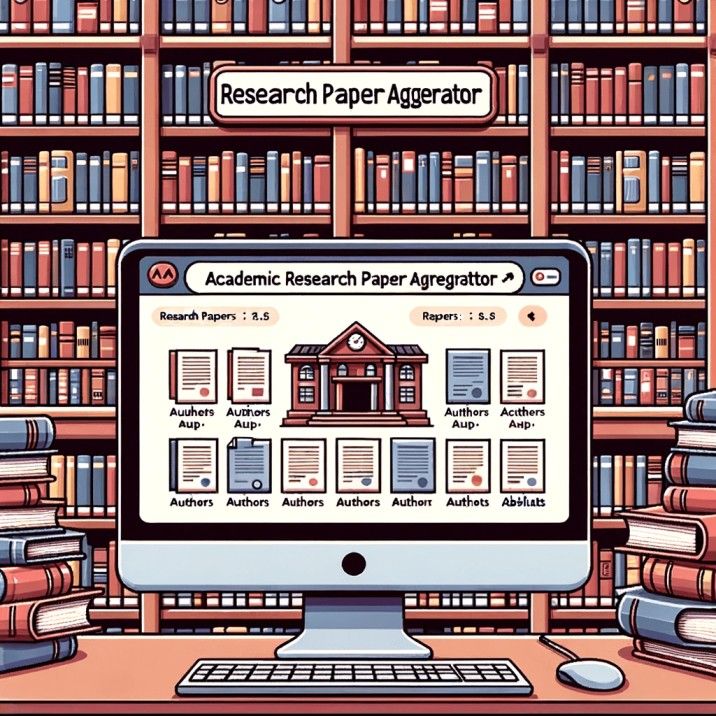
Technical Specifications: Implement PDF parsing libraries like PyPDF2 to extract content from research papers. Use NLP for topic modeling and categorization.
End-Users: Academics, students, research institutions.
12. Event Finder and Organizer
Collect data from various event platforms to create a centralized event calendar based on user interests. The complexity arises from merging data from different sources and formats.
Tools: Scrapy, Python
Technical Specifications: Implement a calendar API (e.g., Google Calendar) to organize events. Use geolocation APIs to suggest events based on user location.
End-Users: Event enthusiasts, planners, businesses promoting events.
13. Product Review Aggregator
Scrape e-commerce websites for product reviews and use NLTK to analyze overall sentiment. The challenge is to handle vast amounts of review data and interpret sentiments accurately.
Click this link to learn how you can build a product review aggregator.
Tools: Selenium, Natural Language Toolkit (NLTK)
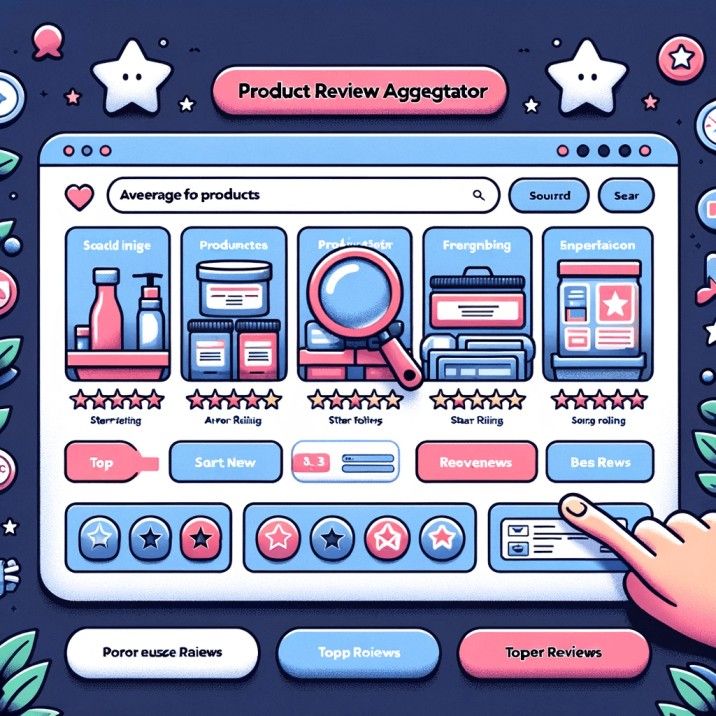
Technical Specifications: Implement a crawler to navigate through paginated reviews. Use NLP libraries to process and categorize reviews.
End-Users: Shoppers, product managers, e-commerce businesses.
14. Historical Weather Data Analysis
Extract historical weather data to analyze climate trends, predict future weather patterns, or study anomalies. The complexity comes from processing and interpreting large datasets spanning years.
Tools: Beautiful Soup, Pandas
Technical Specifications: Use Beautiful Soup to parse tables of historical weather data. Implement data visualization tools to represent weather trends.
End-Users: Climate researchers, farmers, travel agencies.
Conclusion
Advanced web scraping projects offer a unique opportunity to tackle real-world challenges, refine scraping techniques, and derive meaningful insights from vast datasets. As the digital landscape continues to evolve, these projects will equip you with the skills and knowledge to stay at the forefront of web scraping and data analysis.!
Elevate Your Data with DataHen! 🚀
Struggling with web scraping challenges? Let DataHen's expert solutions streamline your data extraction process. Tailored for small to medium businesses, our services empower data science teams to focus on insights, not data collection hurdles.
👉 Discover How DataHen Can Transform Your Data Journey!
